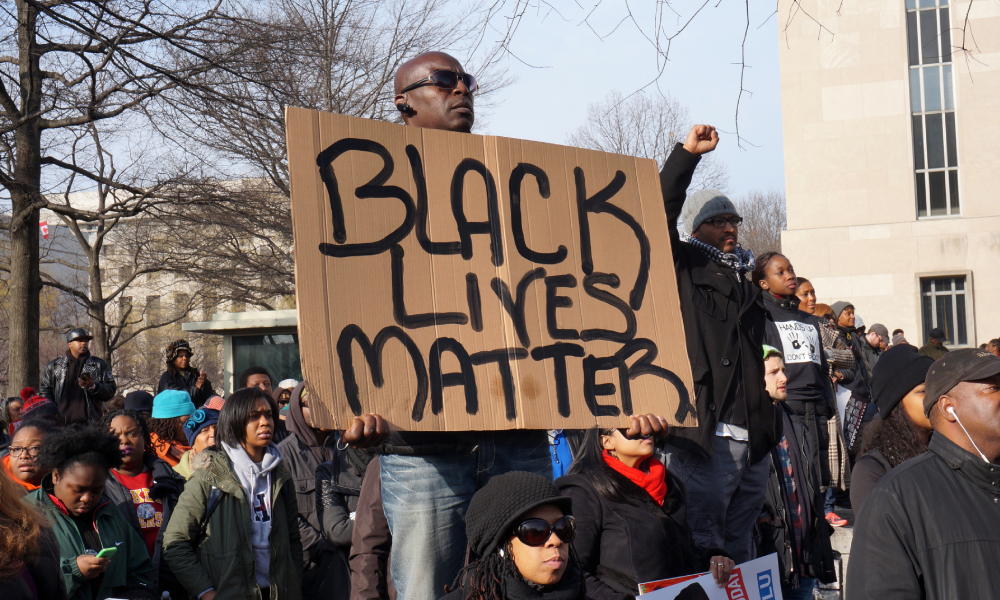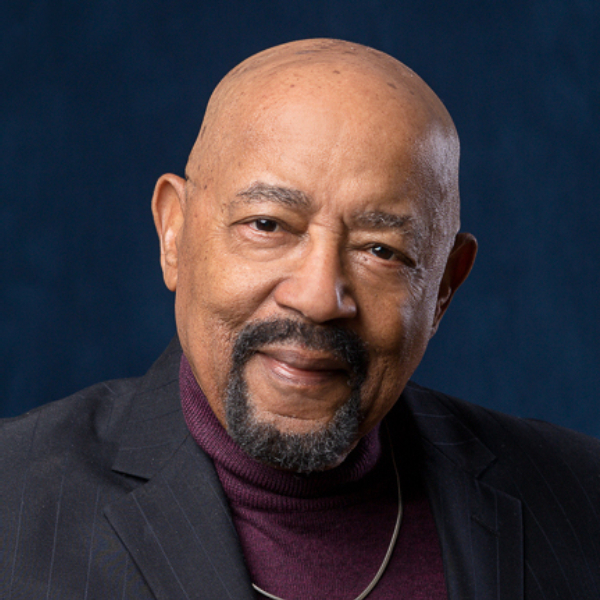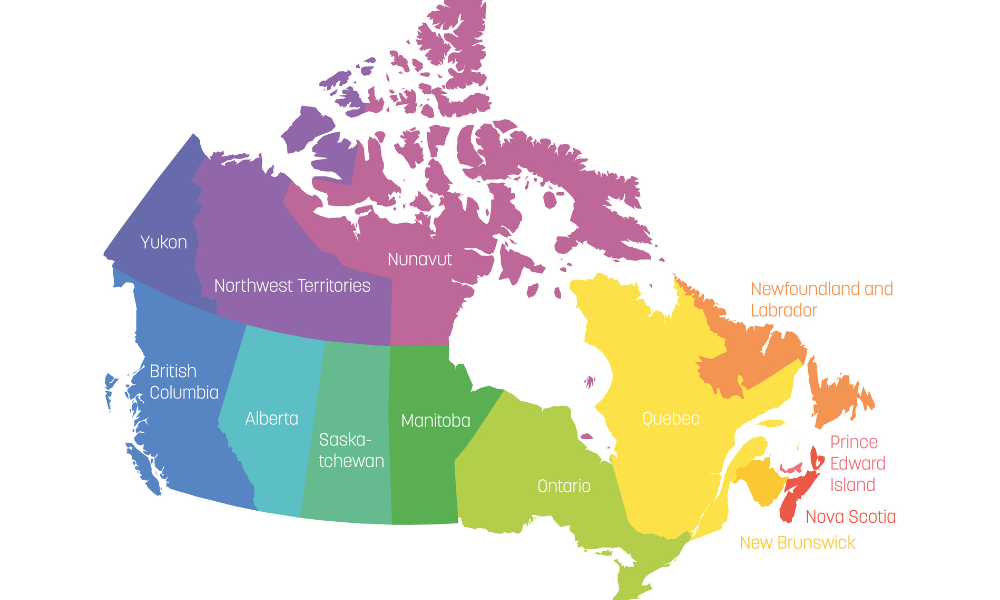Is your leadership team equipped to tackle diversity at work?


As we look to 2021 and the hope that a COVID-19 vaccine will roll out smoothly, it’s important to reflect on another important event that shaped the lives of Canadians and our workforce in 2020: The Black Lives Matter movement.
While BLM has existed for some time, events in 2020 pushed this organization front and centre. We sat down with Keith Jeffers, president of Employment Matters Consulting, and an expert in helping organizations improve diversity and inclusion in the workforce. In this article, Keith tackles the racial divide that affects Canadian perceptions on racism.
Political leaders and organizational leaders are being pressured to respond to worldwide demands for anti-Black racism change. The Prime Minister of Canada “takes a knee” and admits again that systemic racism and anti-Black racism do exist. The RCMP Commissioner is ambivalent. Many others in Canada and in the U.S. are having their ‘’come-to-Jesus’’ moments. Amazon agrees that Black lives matter. Corporations are either waiting it out or are yet to respond. Many leaders remain uncertain.
Why the uncertainty? There is a deep racial divide in perceptions about racism. In our consulting practice, we find that while racialized employees report that they experience racism in the workplace, the employer perspective typically is that racism is not a problem in their organizations.
Race is a taboo topic. When racism is not openly acknowledged, it remains underground and the issues remain unresolved. Black people and other racialized individuals report that they experience race as a key determinant of employment decisions that impact them. “When I see you, I do not see race’’ and other avoidance strategies are a refusal to engage in meaningful, problem-solving conversations about bias, exclusion, marginalization and disadvantage in the workplace.
Despite our legacy of racism in Canada that includes the Ku Klux Klan, the enslavement of African people and the cultural genocide of Indigenous peoples, we Canadians remain ambivalent about the meaning and existence of systemic racism in our society and in the workplace.
There are differences in how individuals and employers relate to the concept of systemic racism. Many find systemic racism difficult to understand, see it as polarizing, question its prevalence or deny its existence. Because we can only change what we are aware of, there is noticeable inaction on addressing systemic racism.
Read More: How to respond to racism in the workplace
Unlike gender and gender discrimination, race is not yet on the corporate agenda. The 2016 Census shows the changing demographics of the Canadian population and the Canadian workforce. By 2035, those 65 and older will represent nearly one-quarter of the total population. It is imperative that employers source talent from the traditionally underutilized populations of racialized and indigenous men and women to fill skills shortages.
However, to source talent from these populations, employers, leadership and HR teams must have an open and honest look at their current hiring policies. It is impossible to overcome systematic racism in their practices without first identifying key places for improvement.
I advise clients that an important first step is to consciously unlearn the stereotypes they may hold about the availability and capacity of say, Black talent. Here is the scenario. Your company wants to hire a finance professional or an MBA with several years relevant industry experience.
Do you reach out to the National Black MBA Association of Toronto or to the Canadian Association of Urban Financial Professionals (CAUFP)? Or do you just “know” that a senior-level finance role is not the kind of role that Black people are good at and so it never occurs to reach out?
Diversity is a verb. Diversity employers are proactive. They actively seek to source, identify and hire the best talent in the marketplace, including passive candidates. As a best practice, one of our clients, an engineering firm, developed a list of Diversity Partners with whom it maintains ongoing relationships. The Diversity Partners are professional and community organizations that give my client access to the diverse talent — women, Indigenous peoples, persons with disabilities, racialized and Black people — who possess the skills relevant to its business and industry. I recommend this approach.
What’s more, there are a number of targeted outreach activities an employer can undertake to strengthen its brand recognition in targeted communities. These include the thoughtful use of social media, targeted strategic sponsorships, an on-campus presence, the strategic use of internships, co-ops and even summer employment. Placing ads in “ethnic’’ media signal that you are an open and accessible employer.
If you use a head hunter, I recommend that you follow the example of a client who established these standards of performance for the agency. Its contract would be terminated or not renewed if the agency failed consistently to deliver a short list of diverse competitive candidates. Agencies were forced to expand their networks to meet my client’s needs
You have invested in sourcing and recruitment to achieve a diverse candidate pool. The next step is to ensure your company’s selection system is bias-free and competitive.
For strategies and insights on increasing diversity in your workplace visit employmentmatters.ca to read more from Keith Jeffers.




